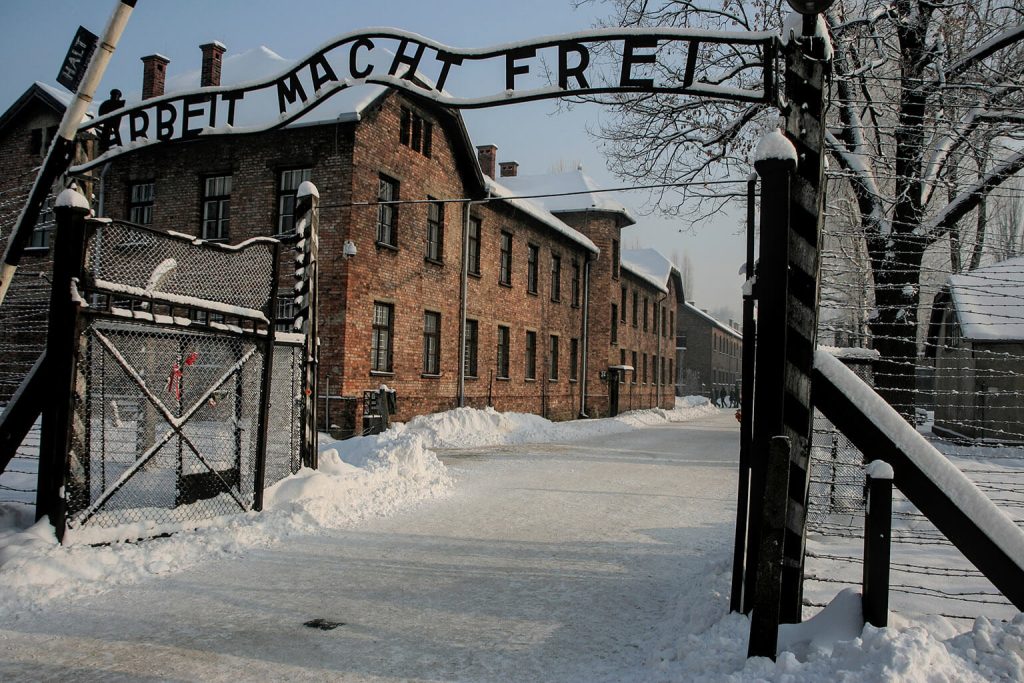Dark tourism, also popular as thanatourism, involves visiting sites that has history about death, tragedy, or suffering. These destinations often have historical, cultural, or political significance, attracting visitors who are into exploring the darker aspects of human history. While some may find the concept controversial, dark tourism can provide a unique perspective on the past and contribute to understanding the complexities of human experiences. Here are some notable dark tourism destinations:

Auschwitz-Birkenau Concentration Camp, Poland:
- One of the most infamous Nazi concentration and extermination camps from World War II.
- The site serves as a memorial and museum to educate visitors about the Holocaust.
Chernobyl, Ukraine:
- The site of the 1986 nuclear disaster, where a reactor exploded, leading to widespread radiation contamination.
- Tours allow visitors to explore the abandoned city of Pripyat and the Chernobyl Exclusion Zone.
Hiroshima and Nagasaki, Japan:
- Cities that were devastated by atomic bombings during World War II.
- Museums and memorials commemorate the events and promote peace.
Ground Zero, New York City, USA:
- The site of the September 11, 2001 terrorist attacks.
- The 9/11 Memorial and Museum provides a somber reflection on the tragic events and honors the victims.
Robben Island, South Africa:
- Former political prison where Nelson Mandela and other anti-apartheid activists were held.
- Tours are conducted by former political prisoners, providing a unique perspective on the struggle against apartheid.
Killing Fields, Cambodia:
- Sites where the Khmer Rouge executed and buried victims during the Cambodian genocide (1975-1979).
- The Killing Fields are a poignant reminder of the atrocities committed during this dark period.
Pompeii, Italy:
- An ancient Roman city preserved in ash after the eruption of Mount Vesuvius in 79 AD.
- While not intentionally a dark tourism site, Pompeii offers a glimpse into the sudden destruction of a thriving civilization.
Tuol Sleng Genocide Museum, Cambodia:
- Formerly a high school, it was converted into a prison (S-21) by the Khmer Rouge.
- The museum documents the brutalities of the regime and the stories of those who suffered.
Wounded Knee Massacre Site, USA:
- The site of the 1890 massacre of Lakota Sioux by the U.S. Army, marking the end of the Indian Wars.
- The Wounded Knee Museum provides insights into the historical conflict between Native Americans and settlers.
The Tower of London, United Kingdom:
- While a historic castle, it has a dark history with its use as a prison and execution site for many high-profile figures.
Conclusion
When visiting dark tourism destinations, it’s essential to approach them with respect, sensitivity, and a desire to learn and reflect on the historical events they represent. These sites often play a crucial role in preserving collective memory and promoting awareness of the consequences of human actions.
If you are planning to explore dark tourism destinations, then worry not about unnecessary roaming or expensive data plans. Without a physical sim card, you may stay connected to the world with BNESIM eSIM. The ability to research, communicate, or connect with anyone in another country allows you to explore.
